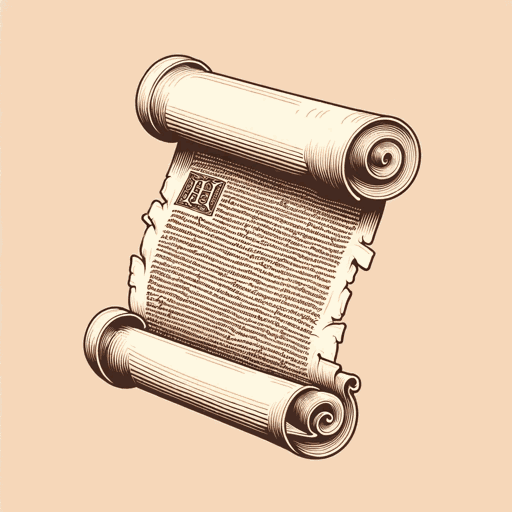48 pages • 1 hour read
Stephen GreenblattThe Swerve: How the World Became Modern
Nonfiction | Book | Adult | Published in 2011A modern alternative to SparkNotes and CliffsNotes, SuperSummary offers high-quality Study Guides with detailed chapter summaries and analysis of major themes, characters, and more.
Preface-Chapter 4Chapter Summaries & Analyses
Preface Summary
While a student at Yale, author Stephen Greenblatt idly picks up a copy of Lucretius’ ancient poem On the Nature of Things (De rerum natura) and finds himself captivated. Later, he studies the classical poem in its original Latin but realizes that, even in translation, the verses are well worth reading: “though it is certainly preferable to read these works in their original languages, it is misguided to insist that there is no real access to them otherwise” (3).
Greenblatt’s mother obsesses over fear that she will die young, and this troubles him as a youth. Lucretius’ poem, a meditation on the fear of death, strikes a chord: “art always penetrates the particular fissures in one’s psychic life” (3). The universe, to Lucretius, is made of atoms that combine and recombine without purpose, rearranging themselves by chance or “swerve.” Thus, humans should “conquer their fears, accept the fact that they themselves and all the things they encounter are transitory, and embrace the beauty and the pleasure of the world” (6).
By sheer chance, the long-lost On the Nature of Things, is rediscovered. Its surprisingly modern viewpoint alters history: “the culture in the wake of antiquity that best epitomized the Lucretian embrace of beauty and pleasure and propelled it forward as a legitimate and worthy human pursuit was that of the Renaissance” (8).


